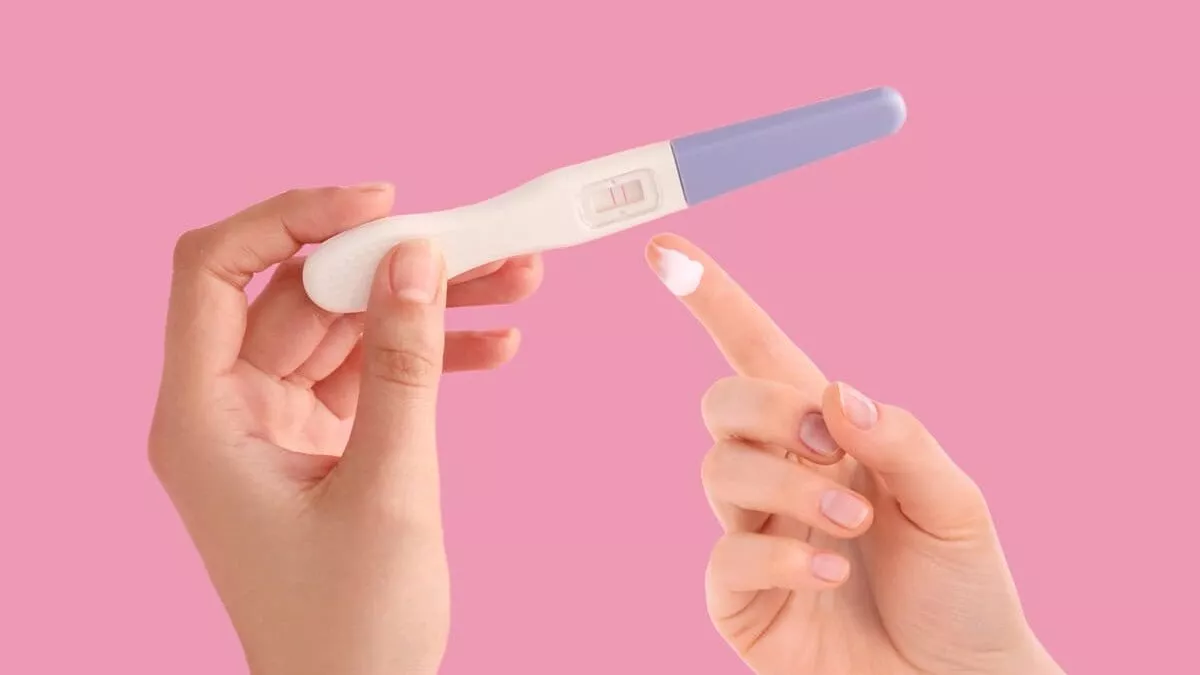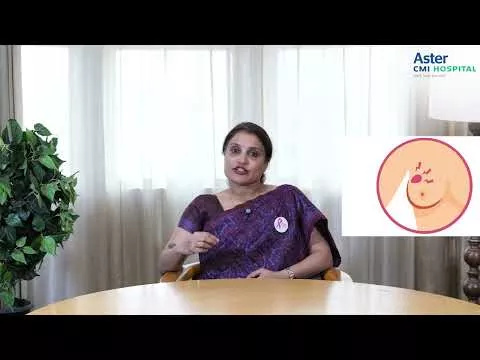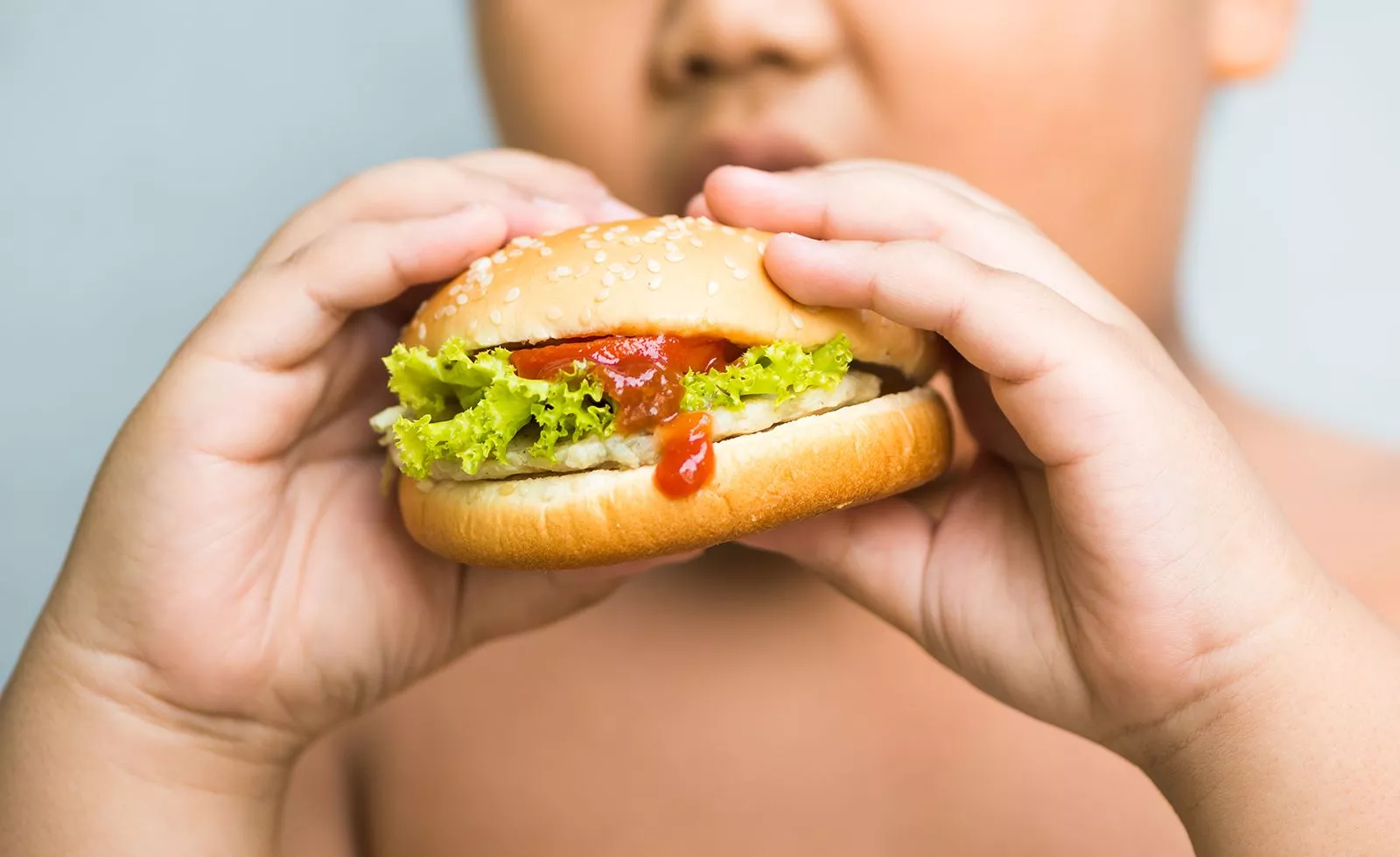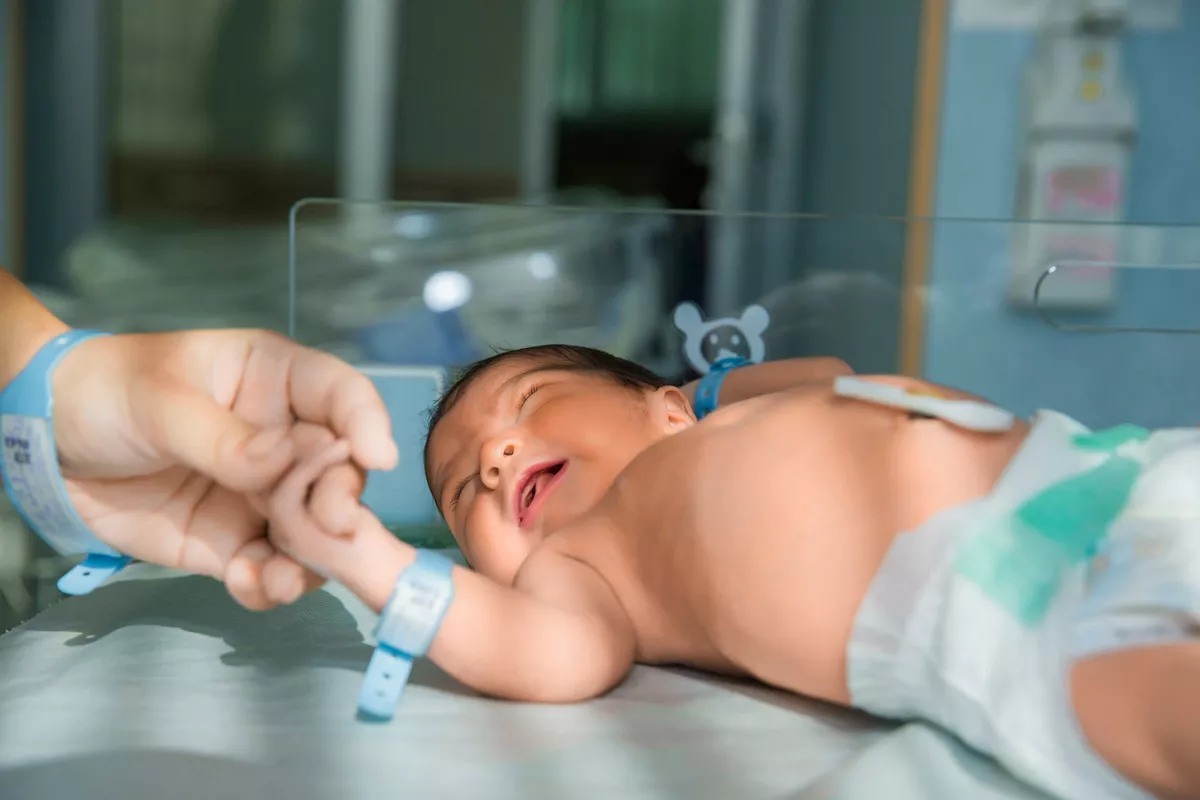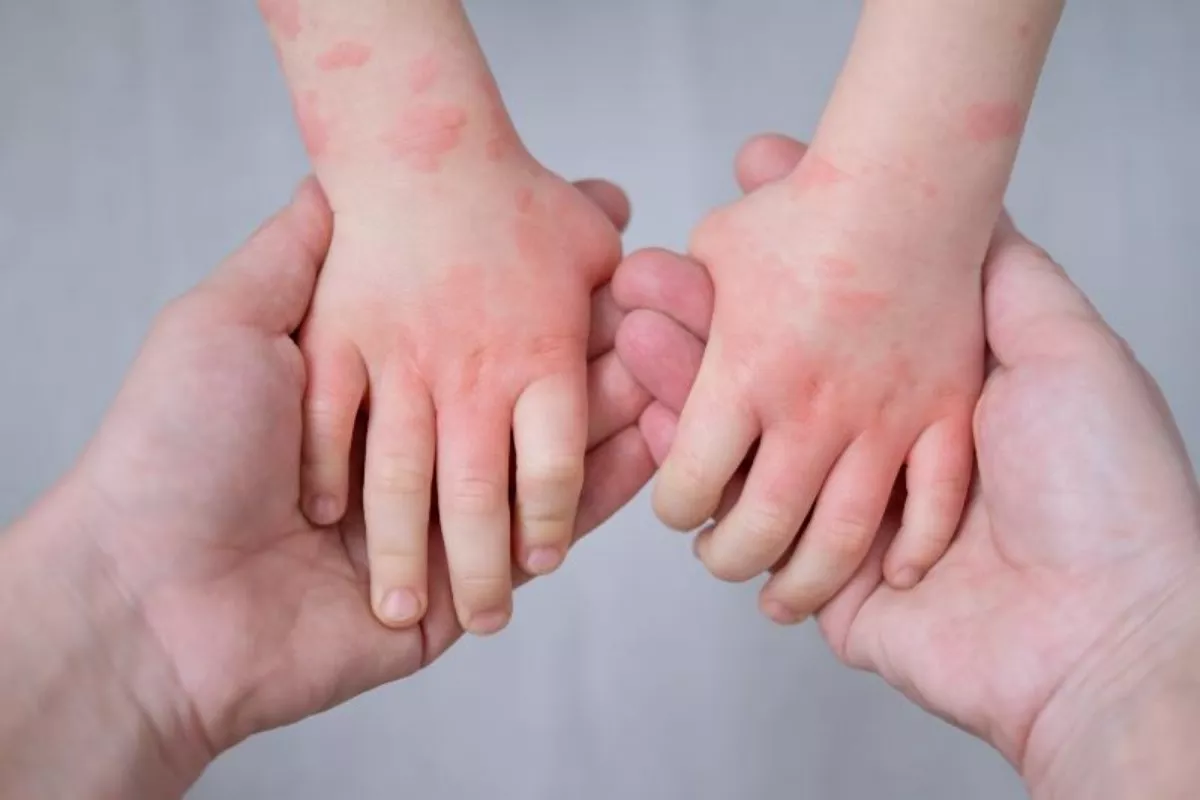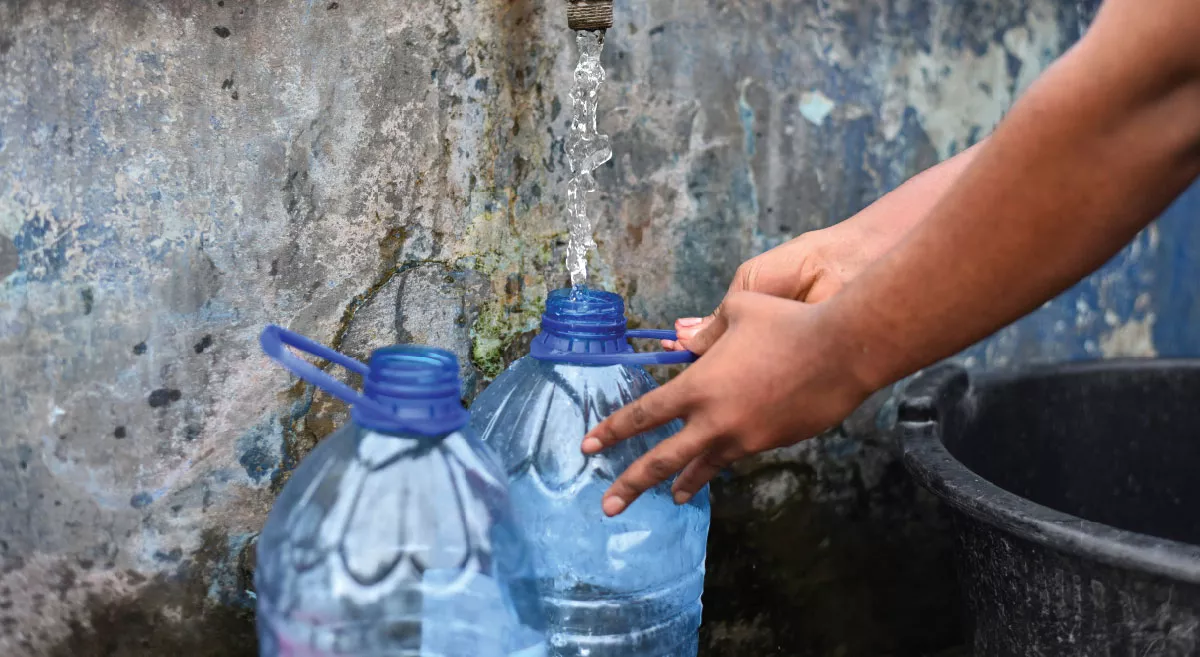What is Infantile beriberi?
Infantile beriberi is common in mothers who predominantly take polished rice as their main diet in certain regions of India. We present an interesting case of infantile beriberi that promptly responded to Thiamine administration in the emergency room.
A 6-week-old infant presented to the local hospital with excessive crying for a day and poor feeding. The local team observed that baby was in respiratory distress, administered nebulization and IV antibiotics, and was referred for further care to our hospital. On arrival, the baby was sick-looking, dusky, grunting and acidotic breathing, and in decompensated shock with poor peripheral pulses and cold extremities. The baby was supported with bag-mask ventilation and an iv line was secured. The baby was normoglycemic and the initial Venous blood gas was suggestive of severe metabolic acidosis with a pH of 6.8, and lactate of 19. A bedside ECHO in the ER showed right atrial and right ventricular dilatation suggestive of Pulmonary arterial hypertension. The baby was given a dose of IV Thiamine 100mg and stabilized by intubating the child in ER and a fluid bolus of 5ml/kg normal saline slow push. The baby was transferred to PICU for further care. Serial ABG showed complete resolution of acidosis and lactate correction within the first few hours of admission. A bedside ECHO done at 3 hours post PICU admission showed a normal heart with no evidence of pulmonary hypertension. A diagnosis of Thiamine responsive PAH was made based on the quick resolution of lactic acidosis and ECHO findings following thiamine administration. Blood and urine investigations were sent to rule out metabolic disorders that were negative subsequently.
The baby was extubated to HFNC within 24 hours and onto nasal prongs with minimal Oxygen by day 3 of PICU admission. On day 3, he developed an irritable cry with generalized tonic-clonic seizures that briefly resolved with a loading dose of Levetiracetam. He had brisk deep tendon reflexes and dystonic movements. MRI brain showed patchy enhancement of bilateral basal ganglia with diffusion restriction in bilateral putamen, caudate nucleus, and globus pallidus (See Fig 1-6) suggestive of likely infantile encephalitic beriberi. EEG showed epileptiform discharges. The baby settled on Pacitane, Clonazepam and Levetiracetam. The baby was also noted to have intermittent positional stridor that disappeared during sleep which was also a feature of beriberi. Indirect laryngoscopy was normal except for tubular epiglottis. The mother and baby were supplemented with thiamine and the baby was discharged within 5 days of hospitalization.
This case highlights the importance of early diagnosis and prompt treatment to provide good outcomes in Thiamine-responsive infantile beriberi. Any baby that presents with positional stridor and acidotic breathing and shock and a blood gas suggestive of severe lactic acidosis will need a high degree of suspicion of infantile beriberi. A point-of-care ultrasound in the emergency room to look for severe pulmonary arterial hypertension and dilated right atrium and right ventricle should enable prompt administration of Thiamine. The response is usually very rapid as seen in this case. The reversibility of echo changes and lactic acidosis within hours is the hallmark of diagnosis. It is important to watch out for neurological manifestations of infantile beriberi. The typical presentation of infants may be around 6 weeks to 3 months age group and vaccination may be the noxious stimulus that can lead to the acute presentation.



